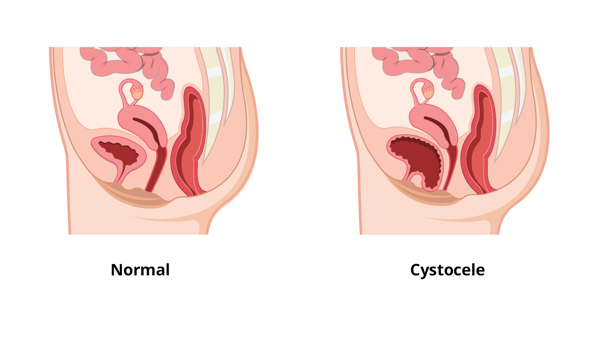All articles
Whether you are a carer, a specialist, or completely new to continence care, Wellspect Education provides learning resources for your level of expertise.
Whether you are a carer, a specialist, or completely new to continence care, Wellspect Education provides learning resources for your level of expertise.
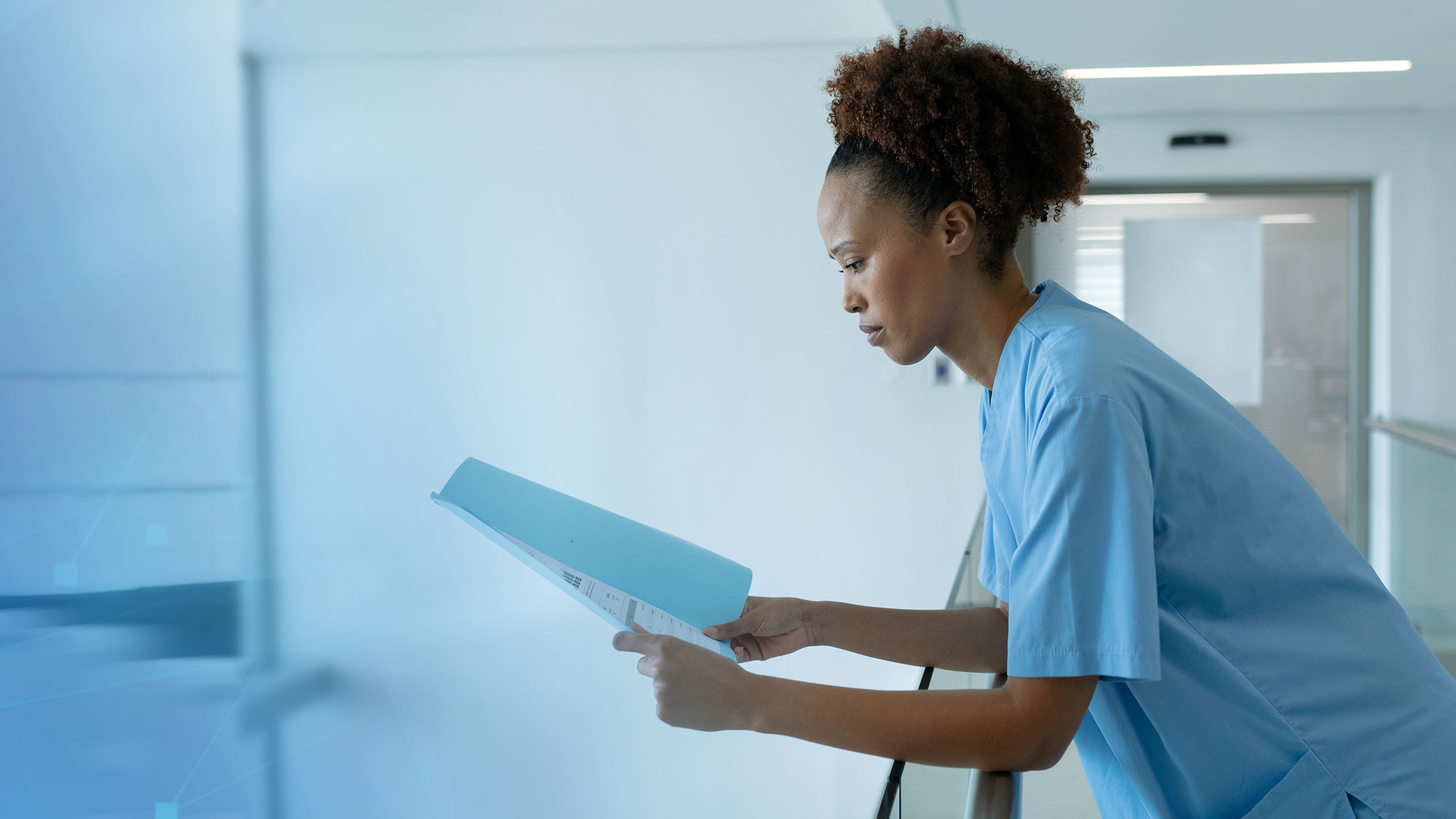
key:global.content-type: Article
For those who rely on intermittent catheterisation, minimising discomfort is a key concern. This short video explores the science behind a smoother catheterisation experience.

key:global.content-type: Video
In this informative short video (approx. 5 minutes), Susanne Vahr, a registered nurse and senior researcher with nearly 30 years of experience in urology, dives deep into the complexities of urinary tract infections (UTIs).

key:global.content-type: Article
This study provides valuable insights into the experiences of individuals undergoing IC that optimise patient care and support.
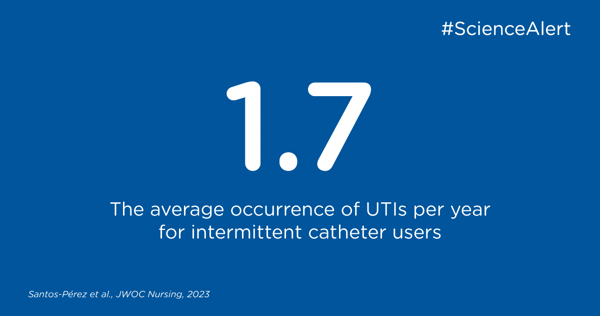
key:global.content-type: Webinar
This webinar intially took place on 12th November 2020.
key:global.content-type: Publication Highlight
In this article we sum up the key findings and recommendations of a 2023 study by Bauer et al. which explores intermittent catheterisation (IC) by children and adolescents in school settings.

key:global.content-type: Article
Learn more about what cauda equina syndrome is, its effects on bladder and bowel, and how to manage bladder and bowel symptoms in cauda equina.
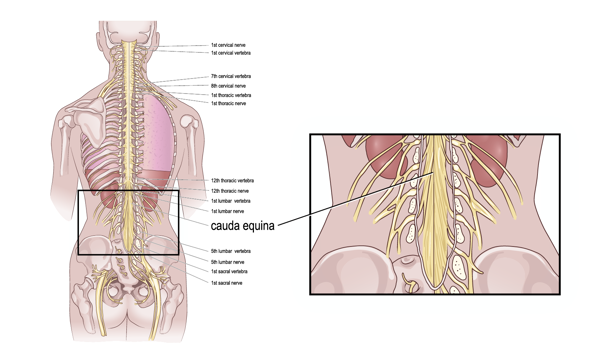
key:global.content-type: Webinar
Bev Collins, Clinical nurse lead, Wellspect, explains what Autonomic Dysreflexia (AD) is, talks through some of the main causes or triggers of this syndrome and what the symptoms of AD are.

key:global.content-type: Webinar
Debbie Green, spinal cord injury specialist lead, SIA, addresses some of the issues facing someone with a spinal injury with their bladder and bowel care.

key:global.content-type: Article
In this article you will get the perspective from an individual with a SCI on the management of his bladder and bowel after the injury.

In this publication highlight you can read about the identification, assessment, and treatment of urinary incontinence and bowel control issues.
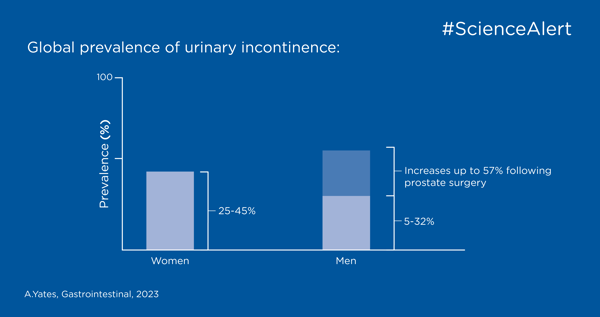
key:global.content-type: Video
In this webinar you will hear from Consultant Physiotherapist Julia Herbert talking on pelvic floor dysfunction, the associated symptoms and the management options that are available.
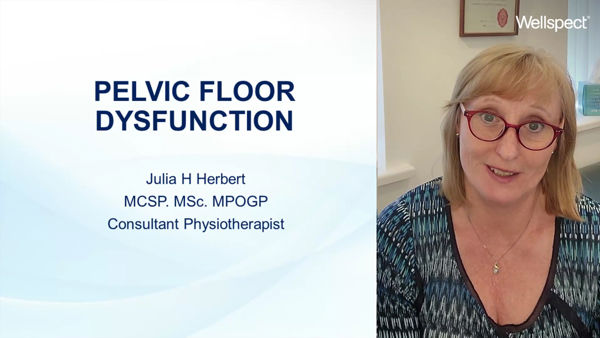
key:global.content-type: Article
Prolapse means "to fall out of place". Pelvic organ prolapse (POP) occurs when the vaginal walls, uterus, or both lose their normal support and fall out of place. Other nearby pelvic organs, such as the bladder or bowel, may be involved and also ‘drop’ from their normal position in the body. Cystocele is the most common type of POP.
